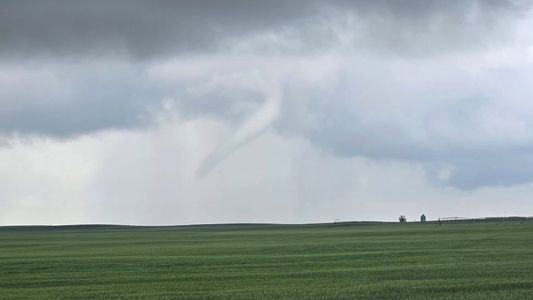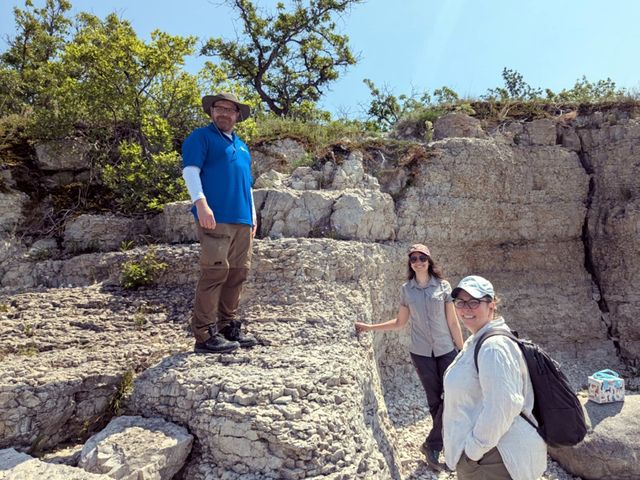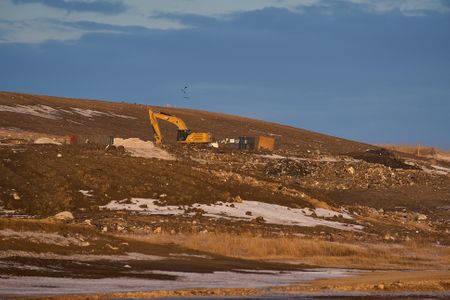Local News
Scientists uncover ancient, armored fish in Manitoba
A paleontologist based at the University of Manitoba (U of M) has confirmed a significant fossil discovery that reshapes how scientists understand early fish evolution. Melina Jobbins, a postdoctoral fellow with the university, says the Interlake discovery traces back to the 1990s, when researchers from the U of M and Manitoba Museum uncovered fragments of a mysterious fish near Lundar. "Some researchers actually from the University of Manitoba as well as the Manitoba Museum worked together to get on the field, and they found a couple of fish specimens," Jobbins notes. "Finding something new there, they're very excited and published, initially a new species." The original fossils were partially described and named in earlier studies, but Jobbins took a fresh look after joining the university in 2023. She reviewed bones from the original find and uncovered even more material in museum collections and on subsequent field visits to quarries in the Interlake. "I thought they were new bones that were not worked on, not described before and went to the field and found additional bones," she says. "We got to realize that there was something in some ways extra special, which is why we gave it another new name." That name is Elmosteus lundarensis, a nod to both the Elm Point Formation—the ancient rock layer it came from—and the town of Lundar where it was first found. This newly reclassified placoderm is one of the earliest fish to evolve both jaws and teeth, making it a crucial link in the evolutionary record. A window into ancient Manitoba Jobbins explains the discovery has both local and global importance. "We know very little especially about vertebrates," she says. "This is one of the first things that we get to learn about; the diversity starting to get a bit more of an idea of what lived here." From a broader scientific perspective, she adds, "This animal is part of this big group called placoderms… that's the group that evolved jaw and teeth in the first place. We get to understand how some of these structures are so important to us, how these developed and started to evolve in the first place." Why the Interlake keeps producing fossils Manitoba's fossil reputation continues to grow, with regular finds throughout the Interlake thanks to unique geology and community collaboration. "Manitoba is really good, we have a lot of fossils in the province," Jobbins remarks. "This is what makes it so good for us because we can work with people in the quarries, especially the active ones, because you basically have this constant flow of fresh rock." She says the layers around Lundar and other Interlake communities contain excellent exposures from different prehistoric eras, which regularly yield new discoveries when quarries operate. What’s next for the research Jobbins and her team continue to explore the Devonian layers of the Interlake to better understand what life existed hundreds of millions of years ago. The team plans more fieldwork and fossil analysis in the coming months. "We're also describing some of these new fish so that we can really understand the diversity back at the time," she continues. "Then we're hoping to also use some of the rocks that we find with that to reconstruct the environment." Anyone curious about the fossils can visit a small exhibit at the U of M's Wallace Building, where a few of the newly examined specimens are on display for the public.


























